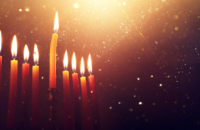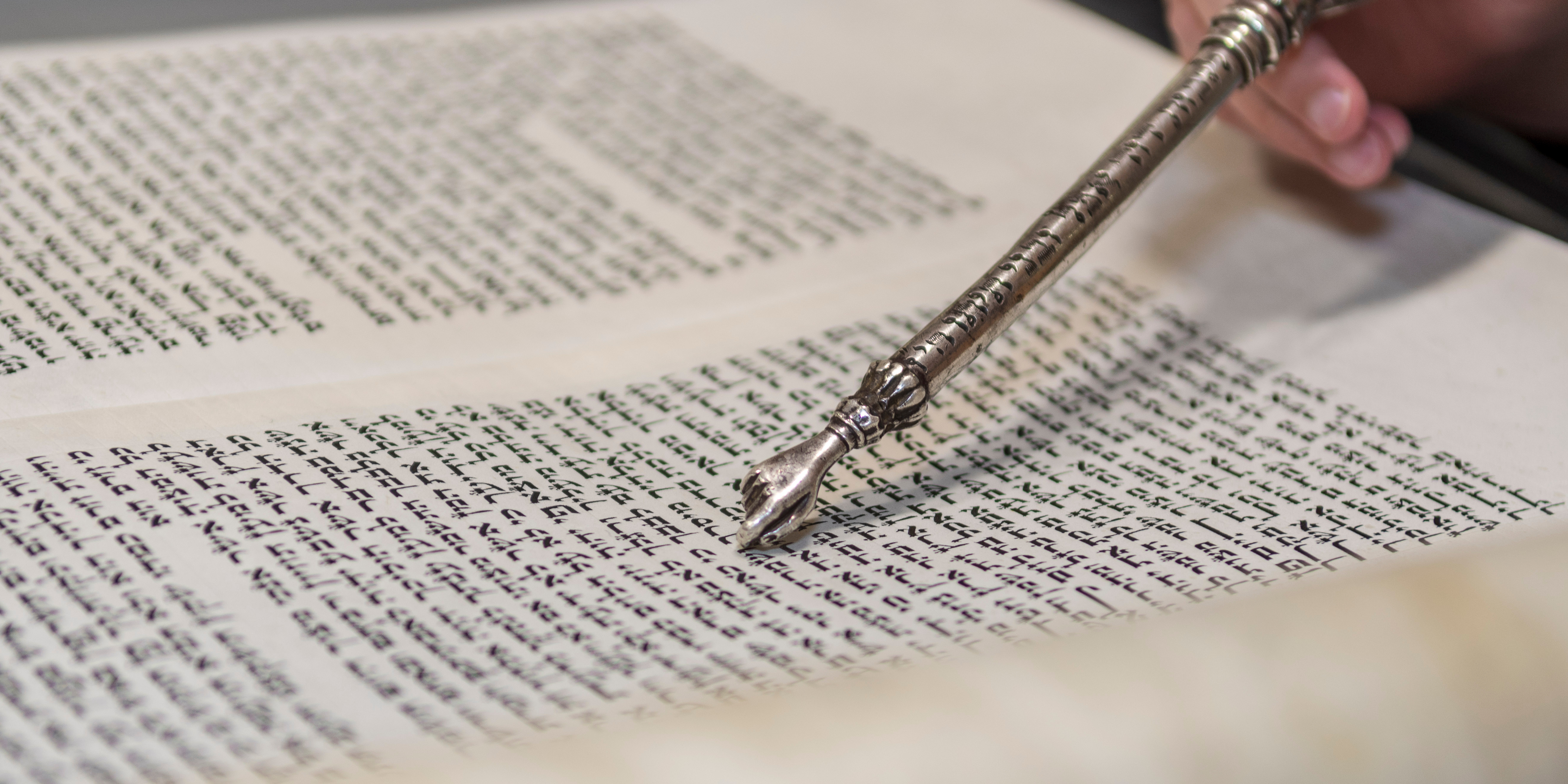The Last Days of Pesach

The last days of Pesach don’t have quite the fanfare of the first days. With the thrill of seder night with all its ritual foods and well-loved tunes, with the taste of matzah still fresh on our tongues (not to mention the almond cakes, and chicken soup) our anticipation and excitement is at its peak as we hit the first two days of Pesach.
By the time the last days roll around the matzah seems more and more like cardboard, and many of us are just waiting for the festival to be over.
So what is the significance of these last days of chag, that they are specified to be holy days?
To me, the answer emerges from the Torah reading for the seventh day, in which we read about the splitting of the Sea of Reeds, an event which happened a week after the Exodus. These days of yom tov mark that splitting of the sea, that moment when the Egyptians were destroyed, and our freedom was totally assured.
But more than that, looking at the Bible as a whole, we can see that all moment of water-splitting actually occur in pairs, each moment acting as a mirror to the other. The splitting of the Sea of Reeds in the time of Moses (in Exodus 14-15) is paralleled to the splitting of the River Jordan in the time of Joshua, when the Israelites finally enter the Promised Land (in Joshua 3). Similarly, II Kings 2 has two water-splitting moments – the prophet Elijah and his disciple Elisha are heading out east. Elijah splits the Jordan River on the way out, before being taken up to heaven in a whirlwind. His mantle passes to Elisha, who splits the Jordan in the same way on the way back into the land.
Both of these paired moments are meant to heighten the connection between teacher and student: to show that Joshua is every bit the leader that Moses was, that Elisha is Elijah’s natural successor. The imagery also links to pairs – the water divides into two, and this happens twice. Binaries abound.
So Pesach too has the great moment and its echo; two celebratory days of freedom at either end of the week, mirroring one another like the walls of the Sea of Reeds. Just as Moses hands over to Joshua, and Elijah to Elisha, we must make a transition at this second moment, a change from Pesach to the rest of the year. The energy and enthusiasm of the first two days carries us through the week – the challenge of the last two days is to take that energy into our normal lives.
Many people use the seder as a chance to talk about the many challenges facing our world today – the refugee crisis, modern slavery, sex trafficking and all other kinds of awful things that human beings are still willing to do to one another. To bring the ritual of seder to the modern world feels very appropriate when we read that “in every generation each person must see themselves as if they personally had come out of Egypt” – we are supposed to see that our story of liberation is still happening today, is still necessary today. However, in my own practice, I have often felt that seder goes on too long if we try to both do justice to the Exodus story and all the foods and songs of the Haggadah, and also bring in modern issues of social justice.
That’s why for the last couple of years I’ve begun to host 7th night seders in New Stoke Newington Shul as a call to action in the world. The idea has been to take the basic structure of learning, singing and talking over a meal, but to face the future rather than the past, to ask what we can to make the world better.
Last year I created a ‘Seder Plate’ using only alternative symbols that people have called to go on the seder plate: an orange, olives, a key, a tomato, a beetroot and a banana. We looked at readings from Jewish charities like AJWS and HIAS that regularly put out wonderful supplemental material for your seders. We challenged ourselves to do more for refugees in Hackney in the coming year. And we also jumped over a bucket of water to symbolise crossing the Sea of Reeds.
I don’t know how long I will continue to run 7th night seders, but for now I find the parallels helpful, and that I’m more likely to end Pesach feeling motivated to do something in the world, rather than just go back to my chametz as if nothing has happened.
This year, I challenge you to do the same. How can we help more people find their freedom? How can we help more to enter their own Promised Lands?
The first days of Pesach we learn what it means to be free – the last days of Pesach we dedicate ourselves to sharing that freedom with the world.
Rabbi Roni Tabick is the rabbi of New Stoke Newington Shul.



